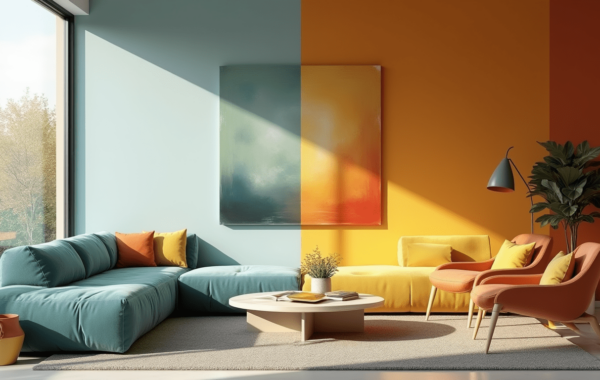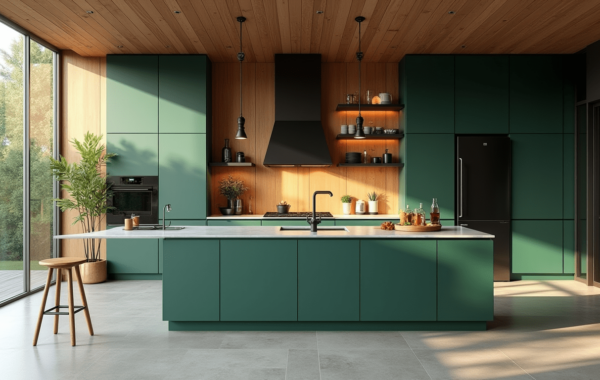Creating a beautiful and functional living space often leads to numerous questions about interior design. Whether you’re renovating your entire home or simply refreshing a room, understanding these fundamental aspects can make a significant difference in achieving your desired results.
How Do I Choose the Right Interior Design Style for My Home?
Discovering your perfect interior design style starts with exploring your preferences and lifestyle needs. Begin by collecting inspiration from magazines, websites, and social media platforms. Pay attention to recurring themes in the images that catch your eye. Consider how your space will be used and who will be using it. Your home’s architectural style should also influence your design choices – a contemporary design might work better in a modern building, while traditional elements could complement a period property.
What Are the Key Principles of Interior Design?
The foundation of successful interior design rests on several core principles. Balance creates visual equilibrium through the distribution of visual weight. Contrast adds visual interest through opposing elements. Unity ensures all elements work together harmoniously. Rhythm creates a sense of movement through repetition and progression. Proportion ensures all elements relate well to each other in size and scale.
How Can I Make a Small Space Look Bigger?
Maximizing the perception of space involves several proven techniques. Use light colors for walls and ceilings to create an airy atmosphere. Incorporate mirrors strategically to reflect light and create depth. Choose multi-functional furniture pieces to optimize space utilization. Maximize natural light by keeping windows unobstructed. Maintain a clutter-free environment to create an open and organized feel.
How Do I Create a Cohesive Look Across Different Rooms?
Achieving flow between spaces requires thoughtful planning and consistent elements. Apply the 60-30-10 rule: use 60% of your dominant color, 30% of a secondary color, and 10% for accent colors throughout your home. Maintain consistency in flooring materials or ensure smooth transitions between different materials. Use recurring design elements, such as similar lighting fixtures or hardware finishes, to create visual connections between spaces.
How Can I Incorporate Sustainability into My Interior Design?
Sustainable interior design combines aesthetics with environmental responsibility. Choose eco-friendly materials and finishes that have minimal environmental impact. Incorporate energy-efficient lighting solutions and appliances. Consider repurposing or upcycling existing furniture pieces instead of buying new ones. Select products with minimal packaging and those made from renewable resources. Prioritize quality, durable materials that will last longer and reduce the need for frequent replacements.
Remember that successful interior design is about creating spaces that reflect your personality while meeting your practical needs. Take time to plan and consider these fundamental aspects as you work on your space. The result will be a home that’s not only beautiful but also perfectly suited to your lifestyle.






